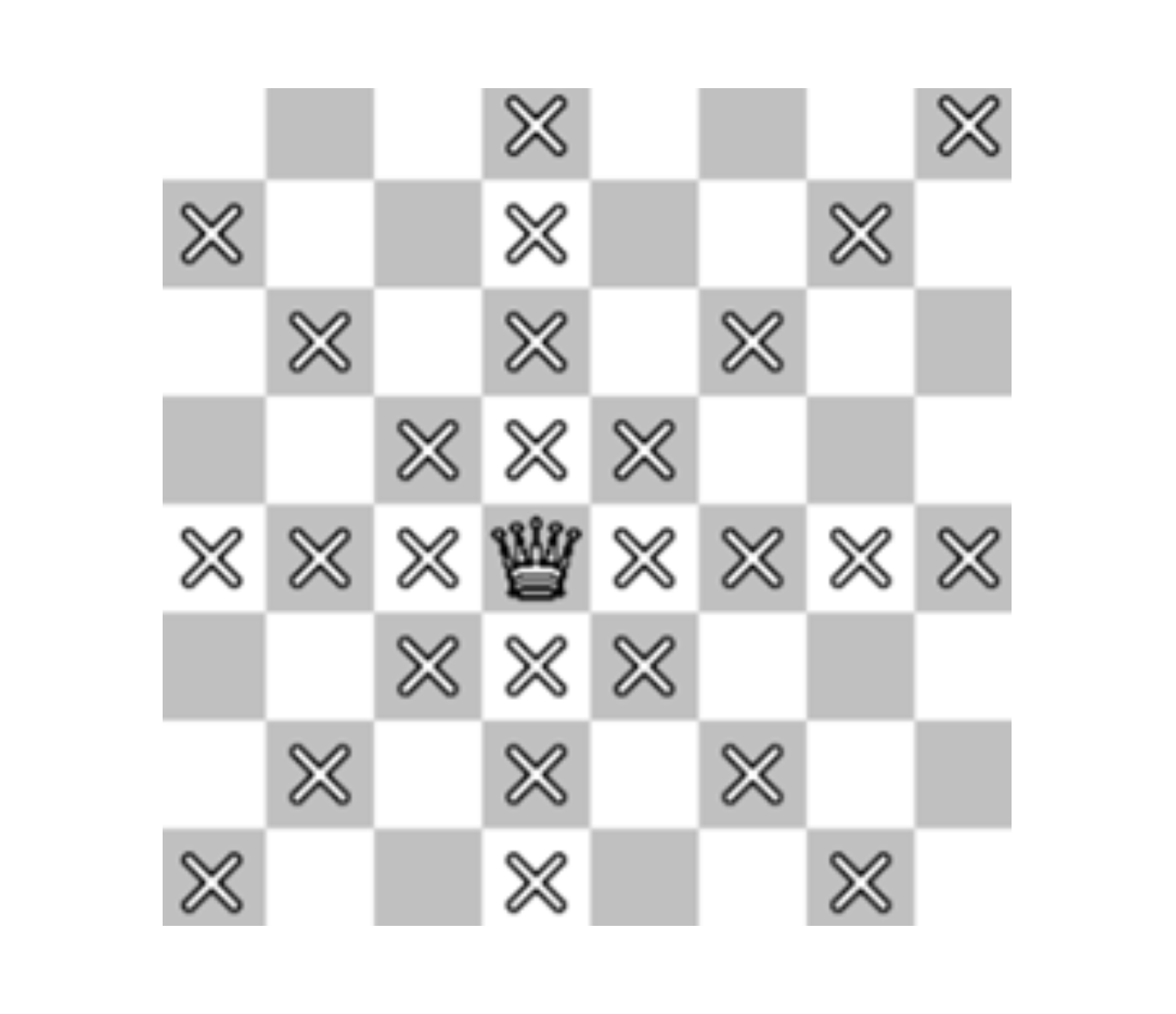

To make a castling move, the two pieces should not have been moved before. Because it is forbidden for the kings to move to a threatened area and because the kings will threaten each other, the kings can not stand side-by-side.Ĭastling is the only move type where the two pieces, king and rook, are allowed to move in a half move in chess. King can move on square in any direction. Castling is also forbidden for a captured king. In this case the player should whether capture the threatening piece or move a piece between the king and threatening piece (Knight is not possible when king is given) or move his king to an area which is not threathened. It is forbiden to avoid such a king threat. If a king gets threathened by the piece of an opponent then this king falls under a king threat. In the second situation the player firstly captures the piece of the opponent and removes from the board and them makes his move to that square and places his/her piece to that square. The players can only make moves in unoccupied areas or can only move till the square occupied by opponent’s pieces. The first one is for kinght and the second one is called castling. Pieces can not jump over each other principally.

(check-mate)Ĭhess pieces can only move in the frame of some rules. The goal of the game is to create a position where the king of the opponent can be captured and no chance to escape from this situation should have been left.

When king is checked the opponent should take the precaution. If one of the kings falls under a threat with a move, then the player causing this threat warns the opponent with saying “Check” Even though there had been an obligation to warn the other side, it is no longer conventional in our today’s tournaments and it is no longer amongst the rules of FIDE. If it is possible to capture the piece which has captured that piece with the next half move then this piece is protected. If one chess piece is in a location where it can be hit with the next move then this piece is called under threat. This is called taking the piece of the opponent. If a piece of the opponent stays in a target square where the other player wants to make a move then this piece is firstly disqualified by the player who targets that square and then moves his/her piece to this empty square. It is not the same for the pieces of the opponent. The piece blocks that square for its own pieces as long as it stays there. There can be only one piece in each square. There is an obligation for the players to make a move when their turn comes.

Move of two players with one of the chess pieces consequently is called move. White starts to the game and players make one move with one piece every time. Queen, stays in the square of the color given to the each player. The order of the figures are from left to right for white (it is the opposite for the black) and are ordered as follows: Rook, Knight, bishop, queen, king, bishop, Knight and rook. Pawns are placed to the line before the last line. Light Pieces: Two horses and two knights and two BishopsĬhess board is put between the players with its white corner square is placed to the right of the player according to the perspective of the players. 16 of them are white (or light color), 16 of them are black (or dark color). In the beggining of the game there are 32 pieces. The captured piece cannot return to the game, but the pawn which has reached to the last square of its line, whether being outside the game or not, can be changed with another piece that is more valuable than pawn and less valuable than king. Every piece has the power to disqualify every piece it has dislocated by getting located in the square where the piece of the opponent stays. It is essential in the game to limit the opponents ability to move and weaken the opponent by taking its pieces by moving one’s pieces to adventageous squares. Also the game can end in any moment with one of the players’ acceptance of defeat or with offer of a duece by a player and by acceptance of the other player. If the king of a player is in a square that is not under the threat and only the king of this player is left and no other square is left without being under threat that the player can make a move than the game finishes with pat, meaning deuce. This enables more chess pieces to move to the center. Most important step taken to show fast progress is gambit, meaning sacrifice of a pawn. This abides with the principle of weakining the opponent by taking its man.įast progress is important for chess. This means that the square of which the opponents’ king is in is under threat and that there is no move left which enables the escape to another square that is not under threat or to avoid the threat. The goal of the chess is to mat the king of the opponent.


 0 kommentar(er)
0 kommentar(er)
